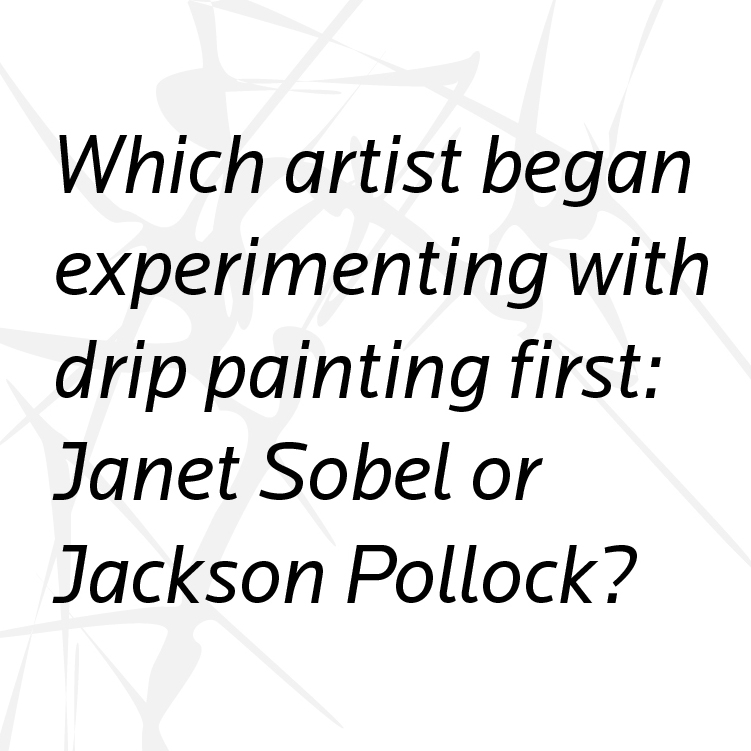“Sobel clearly had a moment and really broke through in ways that other artists hadn’t yet done,” said Don Bacigalupi, Crystal Bridges’ President. “Pollock gets all the glory, and Pollock was a great painter, there’s no question, but if his greatness is partially dependent on his breakthrough with drip painting, well, he didn’t do it alone, and he didn’t necessarily get there first.”
Unfortunately, Sobel did not receive recognition for this influence for many years. After moving to Plainfield, New Jersey in the mid-1940s, she began producing fewer and fewer works until her career as an artist faded away. Only in the past 20 years or so has her body of work begun to garner the attention of the art world again, including, of course, Crystal Bridges. The museum holds six of Sobel’s abstract works, as well as one of her more representational works, in our permanent collection.
While her stint in the art world may have been short-lived and seemingly inconsequential at the time, Sobel likely had a significant impact on the evolution of abstract art in the United States. Perhaps exhibiting Sobel’s work in Crystal Bridges’ permanent collection galleries will make it possible for her to inspire future generations of artists as well.





